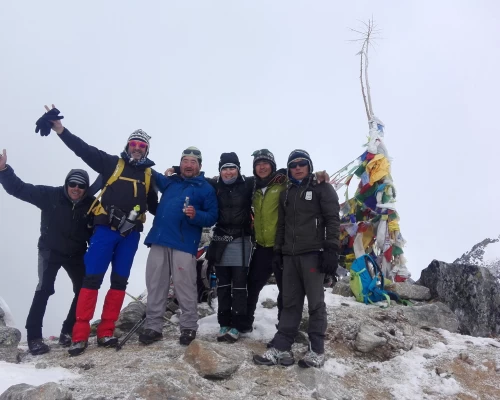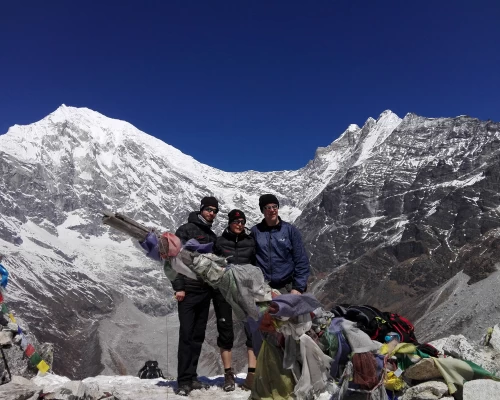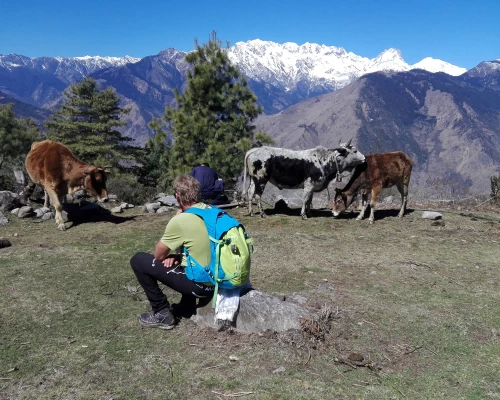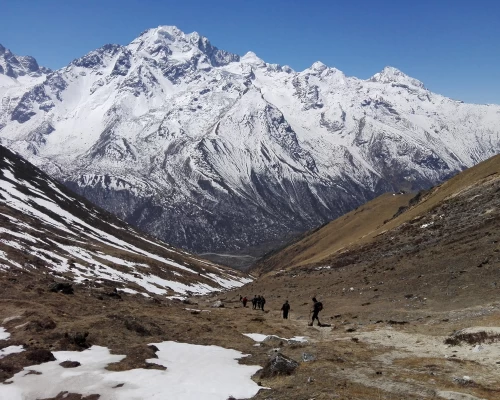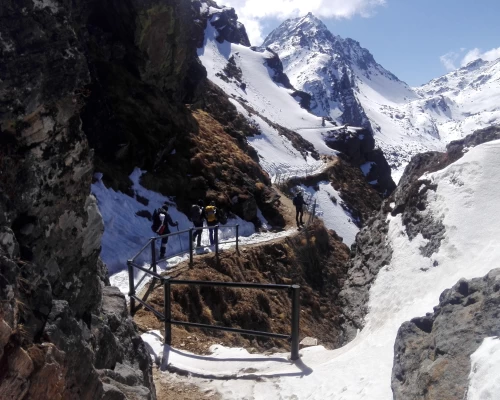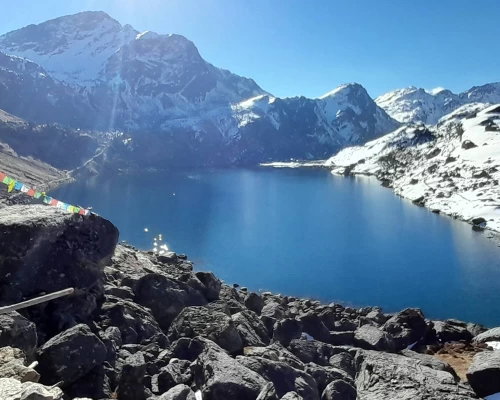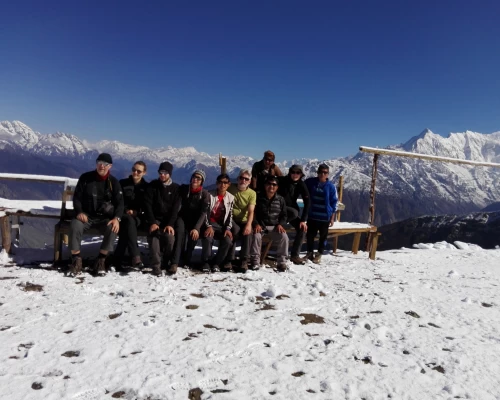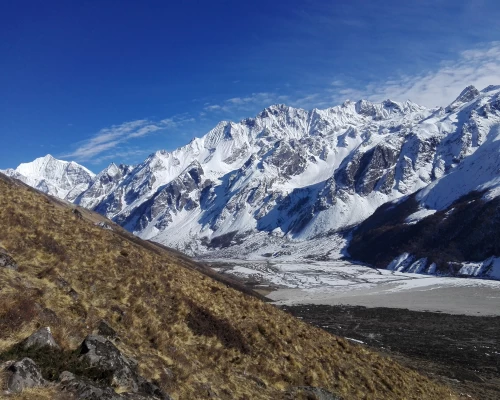The Langtang Gosaikund Holy Lake Trekking

The Langtang Valley Gosaikund Holy Lake trek is one of the most advantageous trekking destinations. The route goes through dense rhododendron forest on either side of the river until it breaks from the tree line and heads into the alpine regions, across the glacial moraine, and on to the rebuilt village of Langtang. Further and higher into the valley’s inner sanctum are the yak pasturelands and historic Kyanjin Gompa, yak cheese production center, panoramic mountains, and spellbound views from Tserku Ri and back down along the same trail that we climbed through the terraced fields, follow the river bank, and hike up to picturesque Thulo Shyabru Tamang village, to the holistic Gosaikund Lake. The trail hikes through the beautiful alpine forest up to the enthusiastic place of Lauri Bina yak (a yak herder without a stick). The trail climbs steadily through the serene ridge, offering a magical view of the world's eighth-highest Mt. Manaslu, 8,163m, Annapurnas, the Holy Ganesh Himal range, Paldor peak, and the Tibetan plateau in the North. A romantic and enjoyable walk will finally drop you at the most Sacred Holy Lake. There are several Lakes with different ritual names. The full Moon time in August is the major ceremony day at Gosaikund Lake, and thousands of pilgrims attend the PUJA on that day. The water springs out just a little higher than the Lake. Hindu Mythology believes this source was pulled out of the earth by the spiritual power of Lord Shiva, while he had to save the universe by swallowing poison.
Main Features of Langtang and Gosaikund Holy Lake Trekking
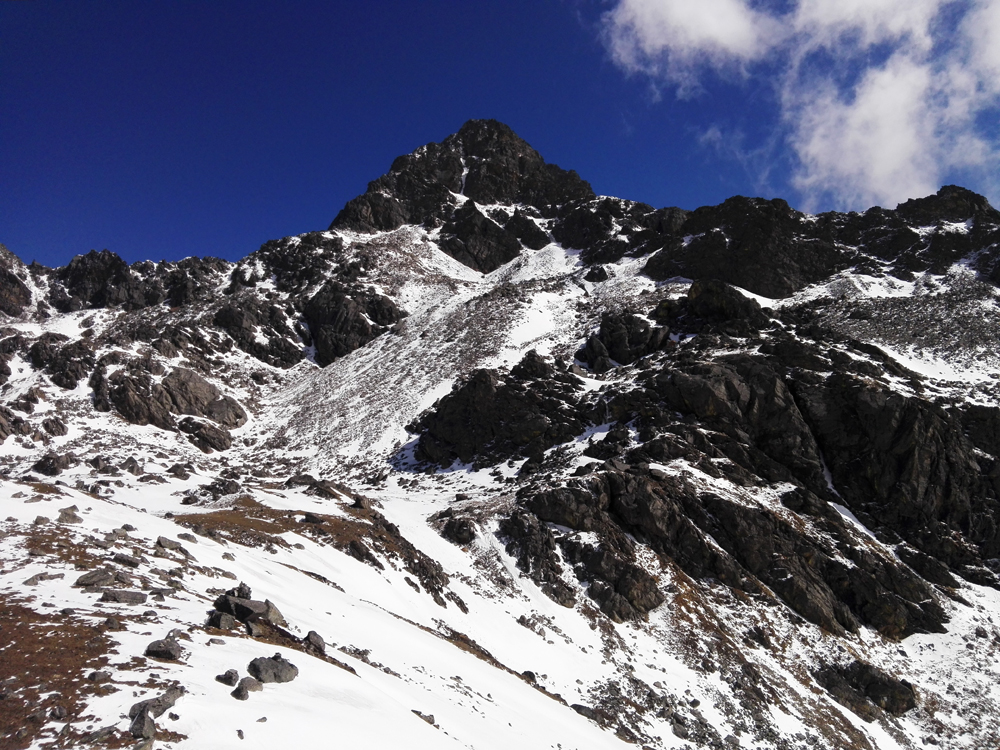
Trail condition: The Langtang Gosaikunda trek is generally considered moderate to hard. The trek is steep climbing, particularly after Pairo Thaplo, Thulo Shyabru, Shing Gomba and during the ascent to Gosaikunda. This is a bit of challenging hiking and an experience of the thin air at the higher elevations. Take your own space, take a break whenever you find the best viewpoint and enjoy 360-degree panoramic views.
Landscapes: The trail takes you through lush rhododendron and bamboo forests, charming Tamang and Sherpa villages, wide river valleys, and eventually up to alpine pastures along the mighty holistic path and glacial ridges.
Himalayan Views: You'll be treated to spectacular panoramic views of several peaks such as Langtang Lirung, Tibetan border Line Mountains, and gazing to the Holy Mt. Ganesh Himal, Mt. Manaslu, Dhakpache, yala Peak and Annapurna.
Cultural Immersion: Interact with local Tamang and Sherpa communities, experience their unique culture, and visit traditional villages and monasteries.
Wildlife: The trek passes through the National Park, offering chances to spot several wildlife, including the endangered red panda.
Spiritual Significance of Gosaikunda Lake

"Gosaikunda Lake holds immense religious importance for both Hindus and Buddhists"
Hindu Mythology: According to Hindu mythology, Lord Shiva created the lake by piercing the ground with his trident (trishul) to quench his thirst after consuming poison during the "Samudra Manthan" (churning of the cosmic ocean). It's believed that taking a holy dip in the lake, especially during the annual Janai Purnima festival (full moon in August), cleanses one of sins.
Buddhist Beliefs: Tibetan Buddhists believe that the area is considered a meeting point between the divine and earthly worlds, ideal for spiritual practice and meditation. They believe that dipping in the sacred lake can help achieve enlightenment.
The best seasons for the Langtang Gosaikunda Lake Trekking
The spring (March to May): Mild temperatures, clear skies, and rhododendron blossoms with panoramic mountain views.
The autumn (September to November): This is the most popular season due to stable weather, dry trails, and excellent visibility of the mountains.
The monsoon season: Especially focused on pilgrimage expectants.
The winter season: It is possible to trek; however, it will be more challenging due to the snowfall and cold temperatures at Gosaikund Lake.
Necessary Permits for Langtang & Gosaikund Holy Lake Trekking
Langtang National Park Fees
- Cost for foreign nationals: NPR 3,000 + 13% VAT ($30).
- Cost for SAARC nationals: NPR 1,500 + 13% VAT ($15)
TIMS Permit (It is yet undecided)
- For group trekkers (foreign nationals): NPR 1,000 ($10).
- For SAARC nationals: NPR 300 ($ 3)


